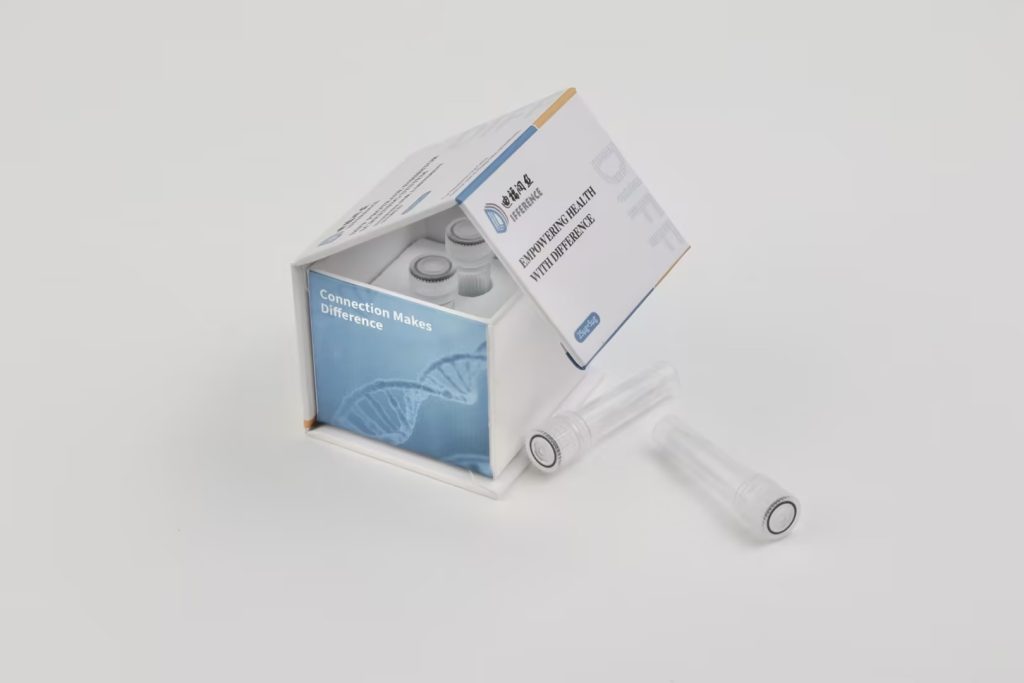Protease inhibitors can be classified in multiple ways according to their different classification criteria. Here are some of the main classifications:
Classified by chemical properties:
Protein protease inhibitors: These inhibitors mainly include serine protease inhibitors, cysteine protease inhibitors, metalloproteinase inhibitors, and acid protease inhibitors. They can form stable complexes with proteases, thereby inhibiting their activity.
Natural small molecule protease inhibitors: These inhibitors mainly exist in plants, including polyphenolic compounds and various other natural compounds such as caffeic acid, anthocyanins, quercetin, curcumin, resveratrol, kaempferol, root bark extract, and allicin.
Classified by mechanism of action:
Competitive inhibitors: These inhibitors bind to the active site of proteases, preventing the binding of substrates to proteases, thereby inhibiting enzyme activity.
Non competitive inhibitors: These inhibitors bind to other sites of the protease, alter the conformation of the enzyme, prevent substrate binding, or cause significant changes in enzyme activity, thereby inhibiting enzyme activity.
Classified by source:
Plant derived protease inhibitors: widely present in plants, especially in seeds of legumes, grains, and other plants, with abundant content.
Animal derived protease inhibitors: Protease inhibitors, such as trypsin inhibitors, also exist in certain animal bodies.
Protease inhibitors derived from microorganisms: Leucopeptin, analgesic, chymotrypsin, etc. isolated from the fermentation broth of actinomycetes are all protease inhibitors.
Classification by action site:
Metalloprotein inhibitors: These inhibitors inhibit the activity of metalloproteinases by interacting with their active centers.
Serine protease inhibitors: can reversibly form covalent bonds with corresponding serine proteases, thereby blocking the ability of certain endopeptidases to catalyze protein hydrolysis.
Cysteine protease inhibitors: can form covalent bonds with cysteine proteases, thereby inhibiting the activity of these enzymes.
Aspartate protease inhibitor (acid protease inhibitor): mainly found in leguminous plants, it can inhibit the activity of Bacillus subtilis protease.
It should be noted that the above classification is not absolute, and some protease inhibitors may belong to multiple categories at the same time. Meanwhile, with the deepening of scientific research, new classification methods may also emerge.
Share on:
Facebook
Twitter
Pinterest
WhatsApp
Recent posts
We recommend


